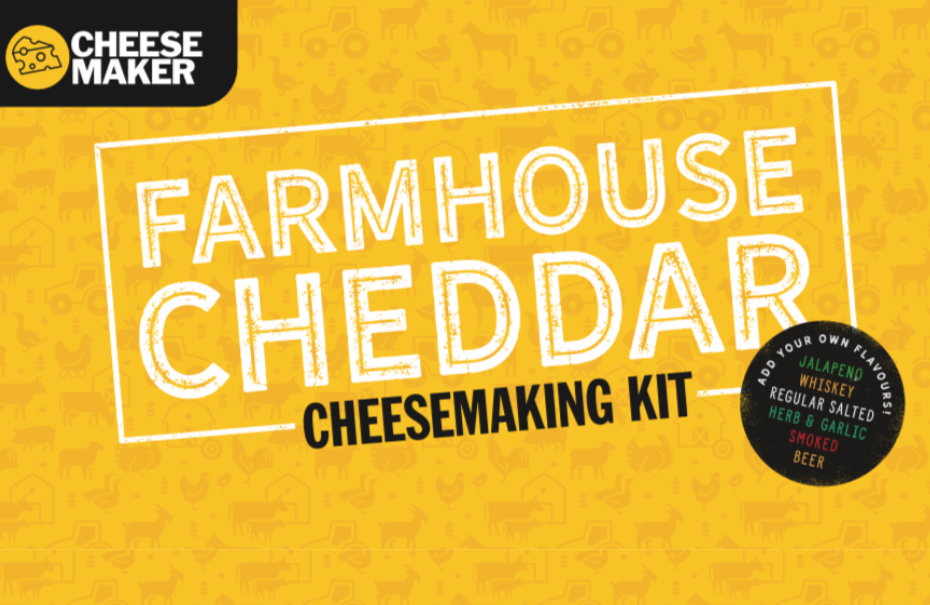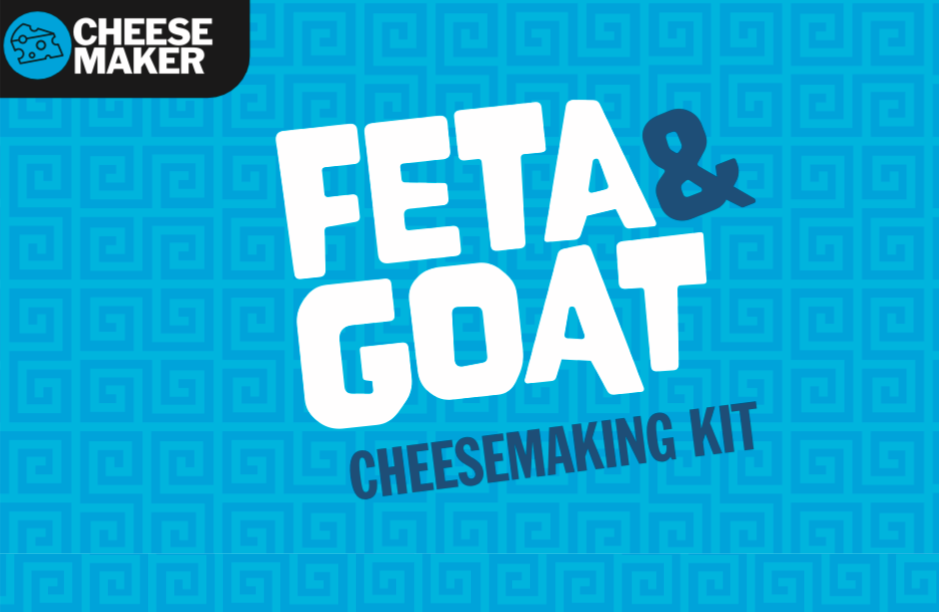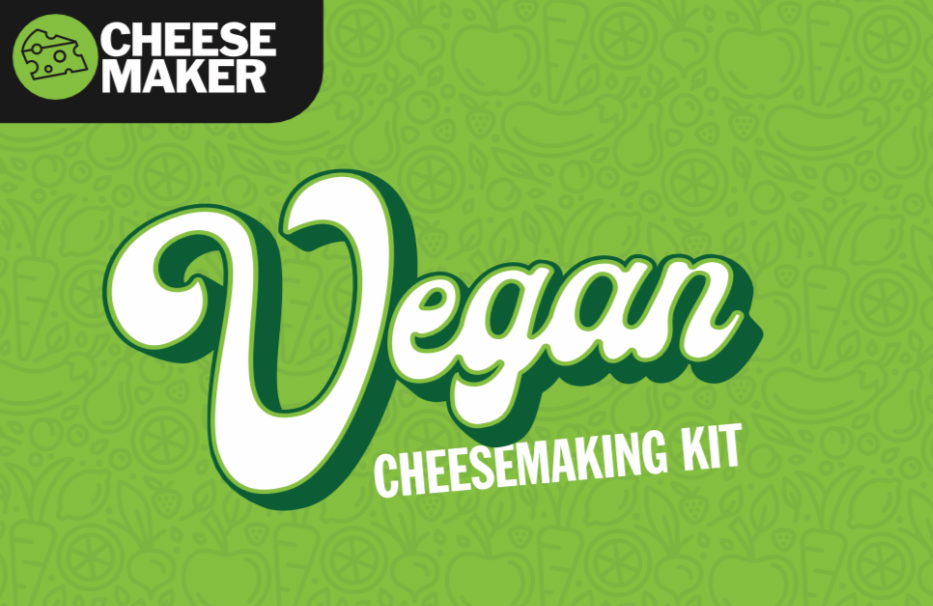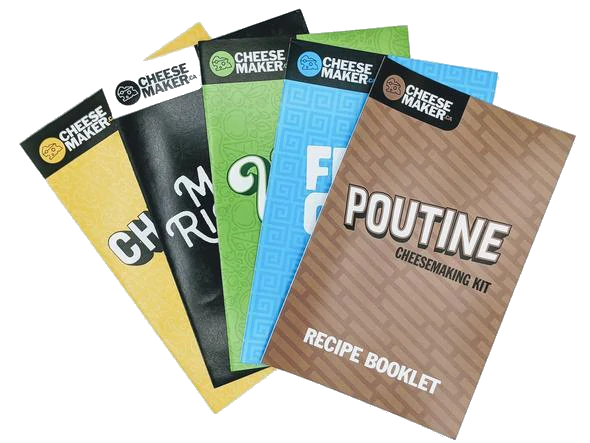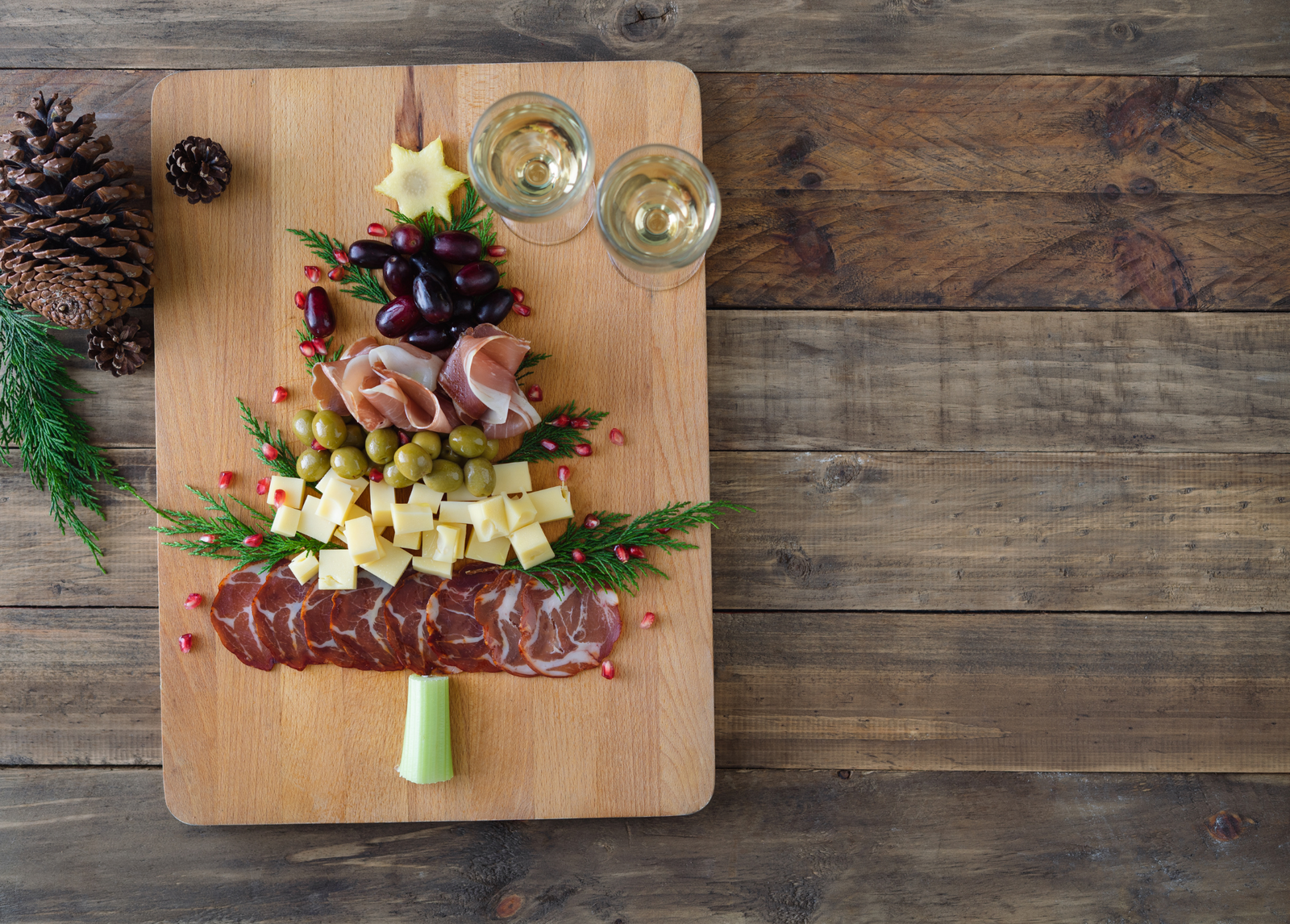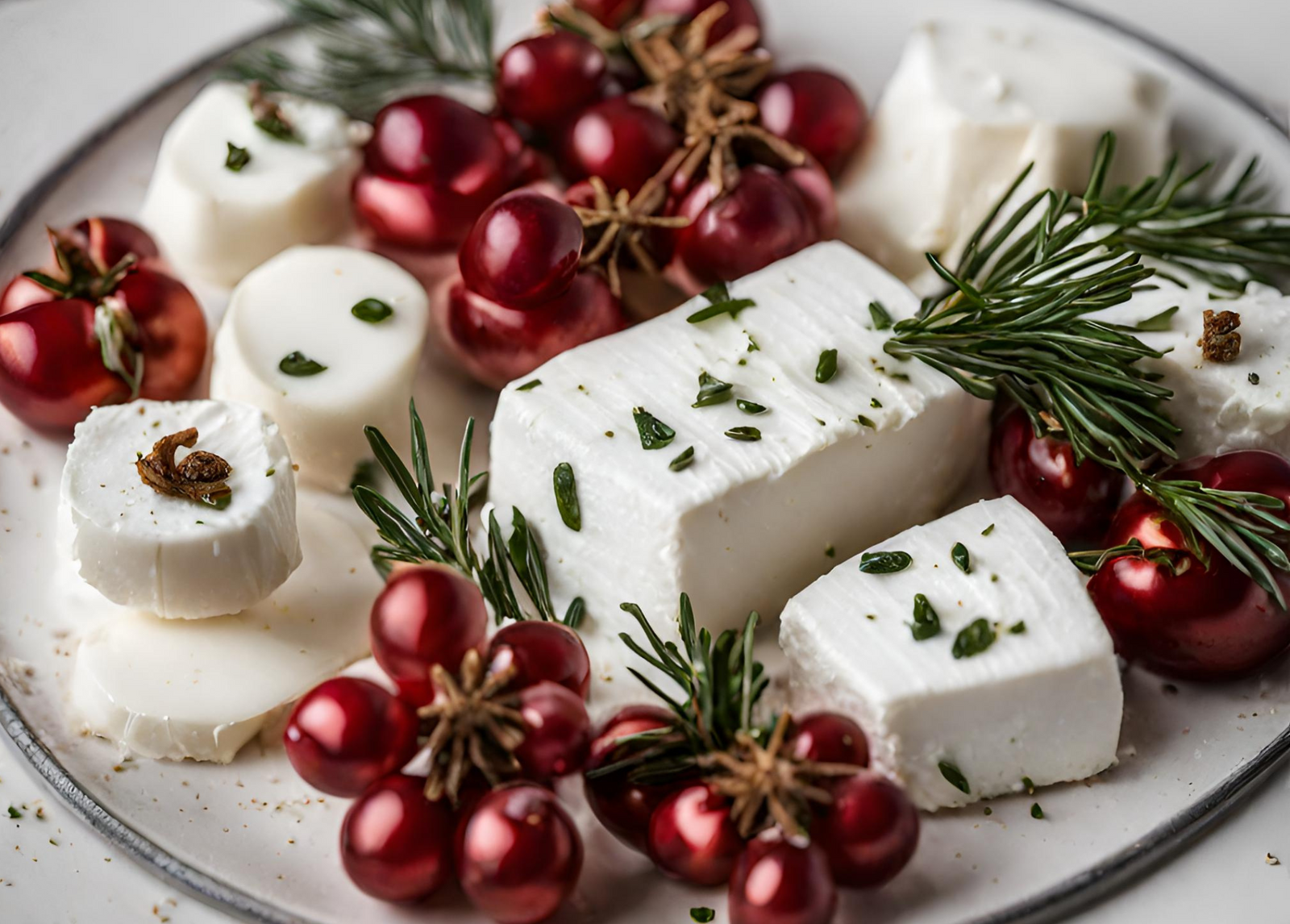Your Cart is Empty
First time making cheese curds and it was a great first attempt. The salt ratio in the recipe seemed off, next batch I would only use half the salt as it came out way too salty. The final product didn't have the normal squeak I associate with cheese curds, it was a little too soft
Hi, I received the order, thank you. It is a Christmas Gift for my Husband. I'm sure he will love it.
The cheese set has not arrived. It was supposed to be here Dec 9th. Now, according to the USPS tracking site, it's on it's way to the next facility, but running late. There is no new arrival date. Frankly, I'm REALLY angry!


